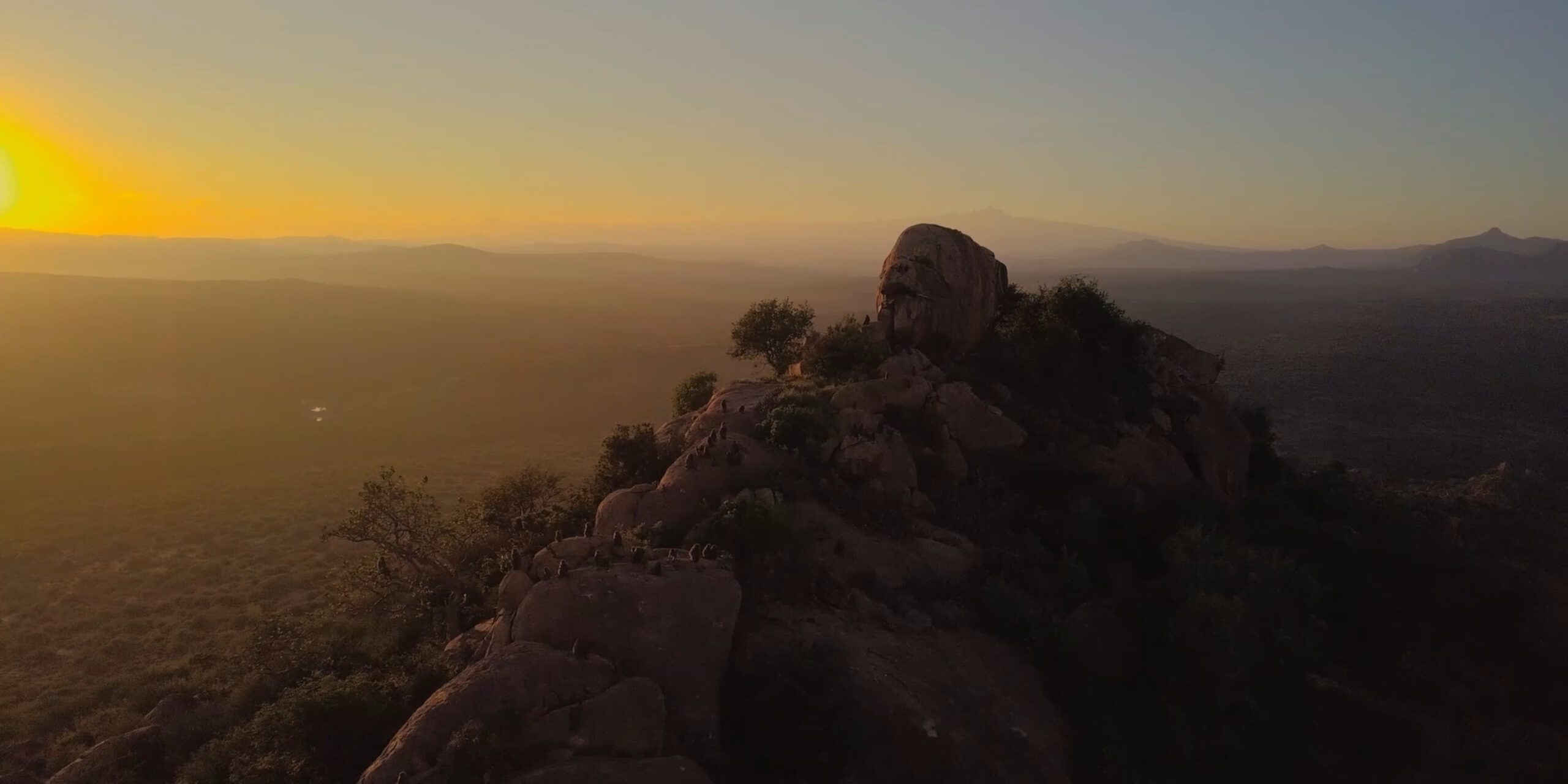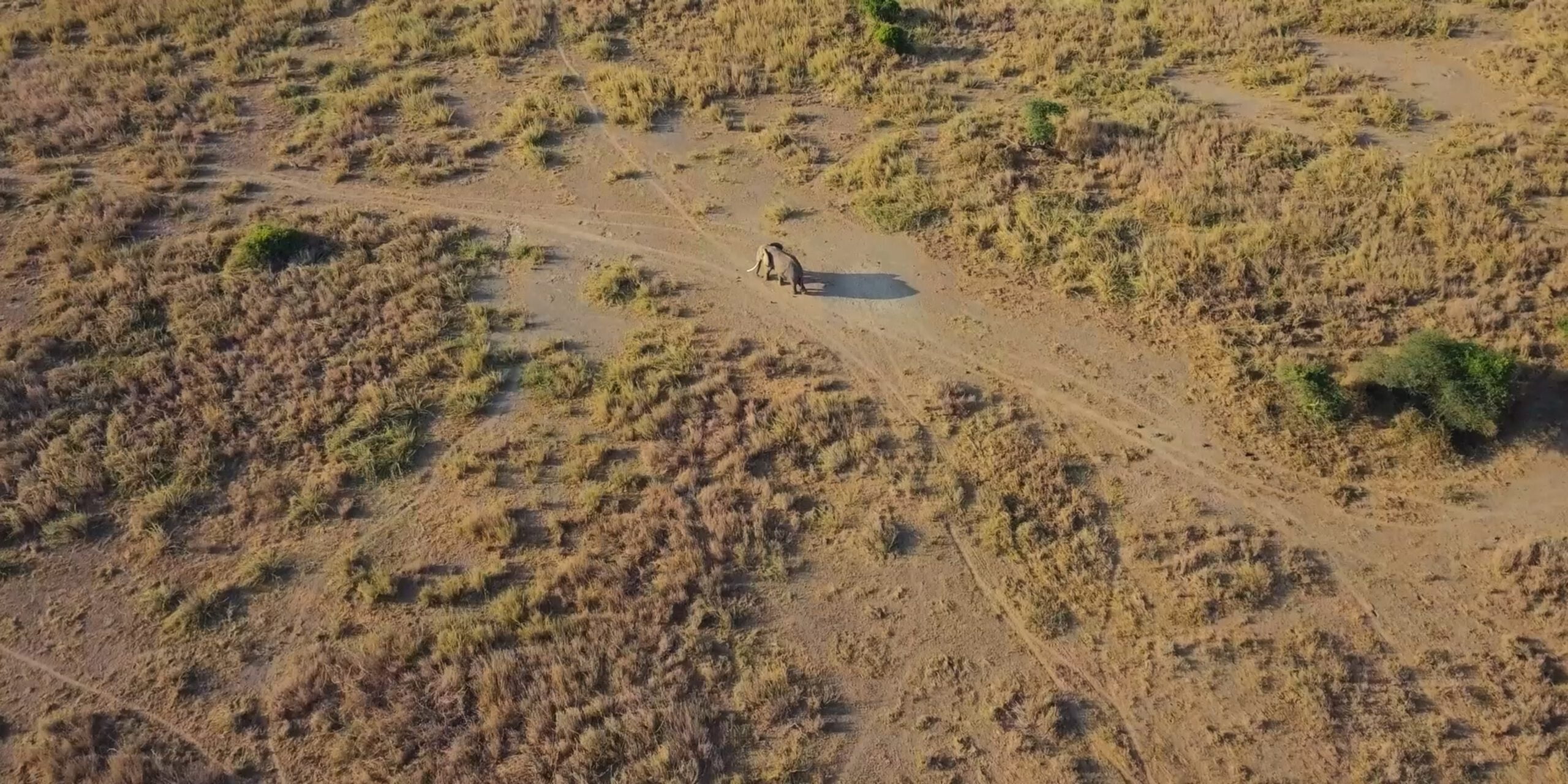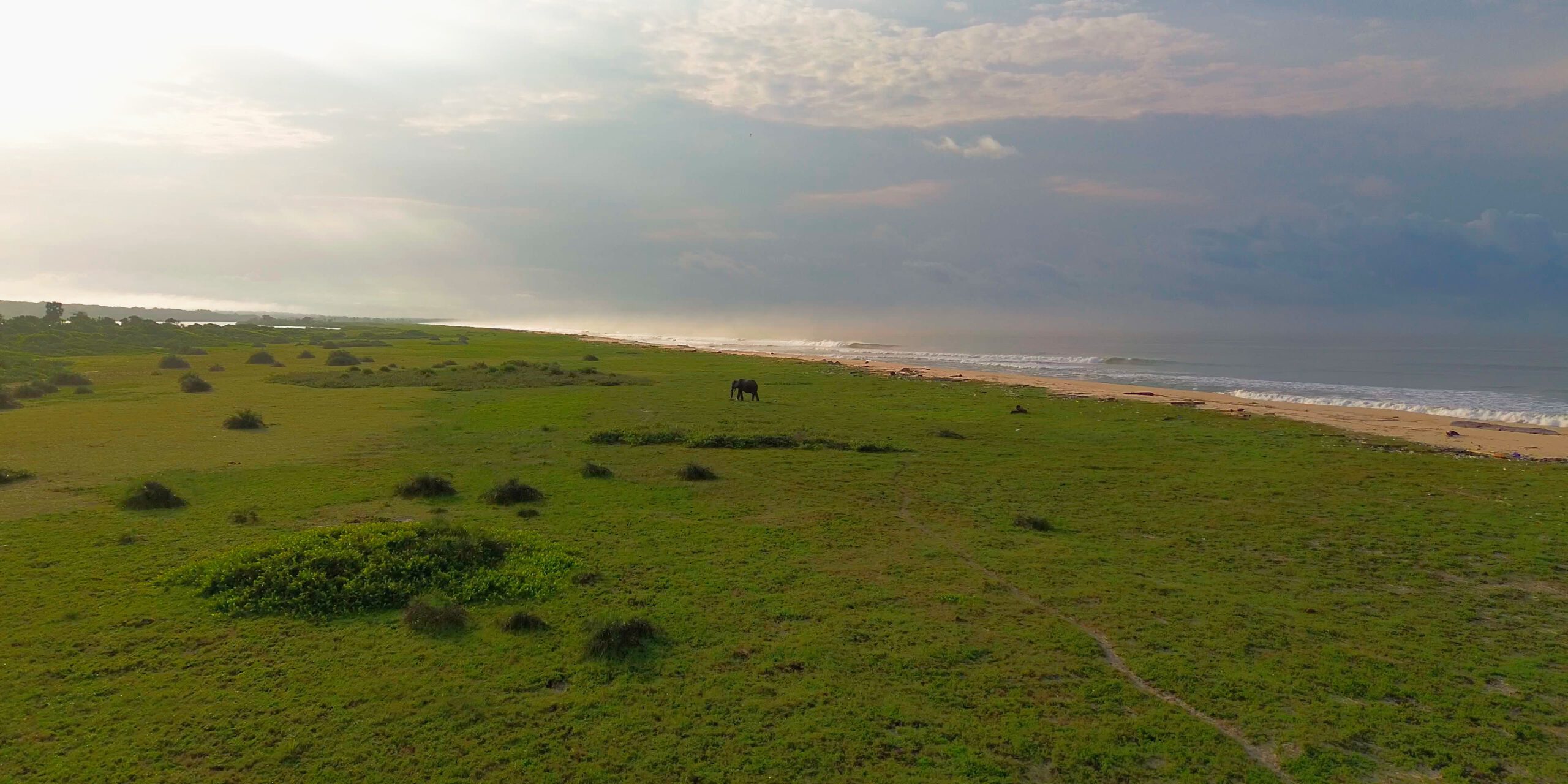
Kenya Drone Regulations!
In this article I want to share some of the Kenya Drone Regulations as well as my long, long journey through Kenya’s maze of regulations to own and operate a drone. Where do I start…
Getting the KCAA commercial drone license!
First of all you need a commercial drone license to operate a drone for film productions here in Kenya. And this is one of the bigger investments as the costs for the five day course, we are talking about getting back to school from 8 in the morning to 5 in the afternoon, is quite steep. The commercial drone license will set you back around 1500USD!
It includes the class, the practical flight training as well as the exam costs and the medical certificate you will need. The medical certificate is actually the one that professional air traffic controllers have to undergo… And guess what, yes you have to get a new one done every year as soon as you are above 40 years of age. So after you have sorted all that out, you are ready to go and own a drone… WRONG!

Owning your own drone in Kenya!

After that, someone from the KCAA will ring your door bell to conduct a in person vetting. This vetting took myself more than two hours and I felt like I am beeing investigated by the secret service. More information are shared in this progress about your relatives, education etc. Its basically the same form you have to fill out when applying for a fire arm… Ok we are already 6 month into it… Finally light at the end of the tunnel? NOPE!
After the vetting the whole information package goes to the MoD (Ministry of Defence) for clearance. In my case it took another 6 weeks for things to move. So more than 7 months later, I finally got the CoR and the drone was delivered.
Flying for commercial projects!
You are finally excited to own your own drone and finally can take up some commercial jobs. Well, there are some more things to do before you can even think of taking off. Each commercial drone operation in Kenya needs a clearance from KCAA. This clearance you can only get if you are a registered commercial drone operator.
To get this status, you have to undergo another year of vetting, approving, checking out your premises etc. So clearly not something you want to go through again. What are the options then? You need to use a registered commercial drone company to get the drone license for the shoot. This will take some days to get the application done and will set you back some more USDs per day. After you finally gotten your drone license for your shoot, you have to fill out some more documents and then you are good to fly…

Temporary import of drones into Kenya!
Normally the law says that you can only get a temporary drone import permit, if the same model is NOT available in Kenya. So foreign production houses have to use local drones for their shoots in Kenya. This would be the legal way. Foreign companies need to hire a drone registered in Kenya to be able to use it for their productions. Unfortunately this is not always the case…
What drones are good for wildlife filmmaking?
Use ND (neutral density) filters!
So that is basically it! Flying a drone in Kenya for commercial projects is a huge logistical and bureaucratically challenge.
If you are looking for a commercial drone operator in Kenya, please drop me a mail to: andreas@africawildlifeproductions.com
